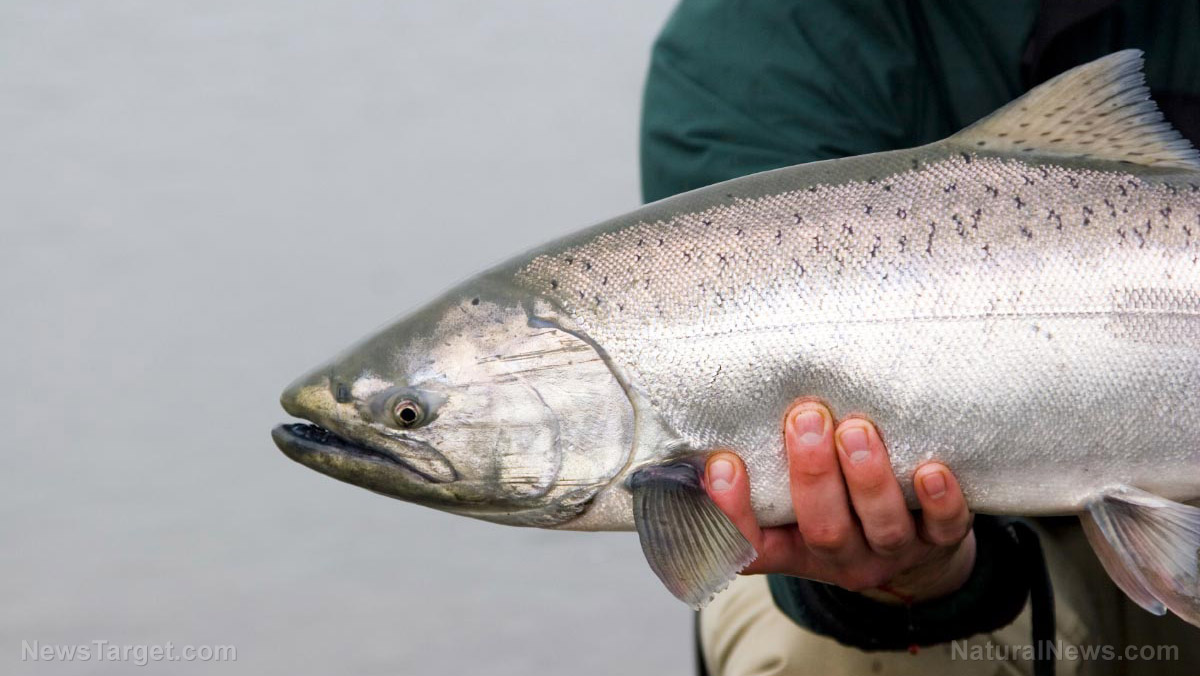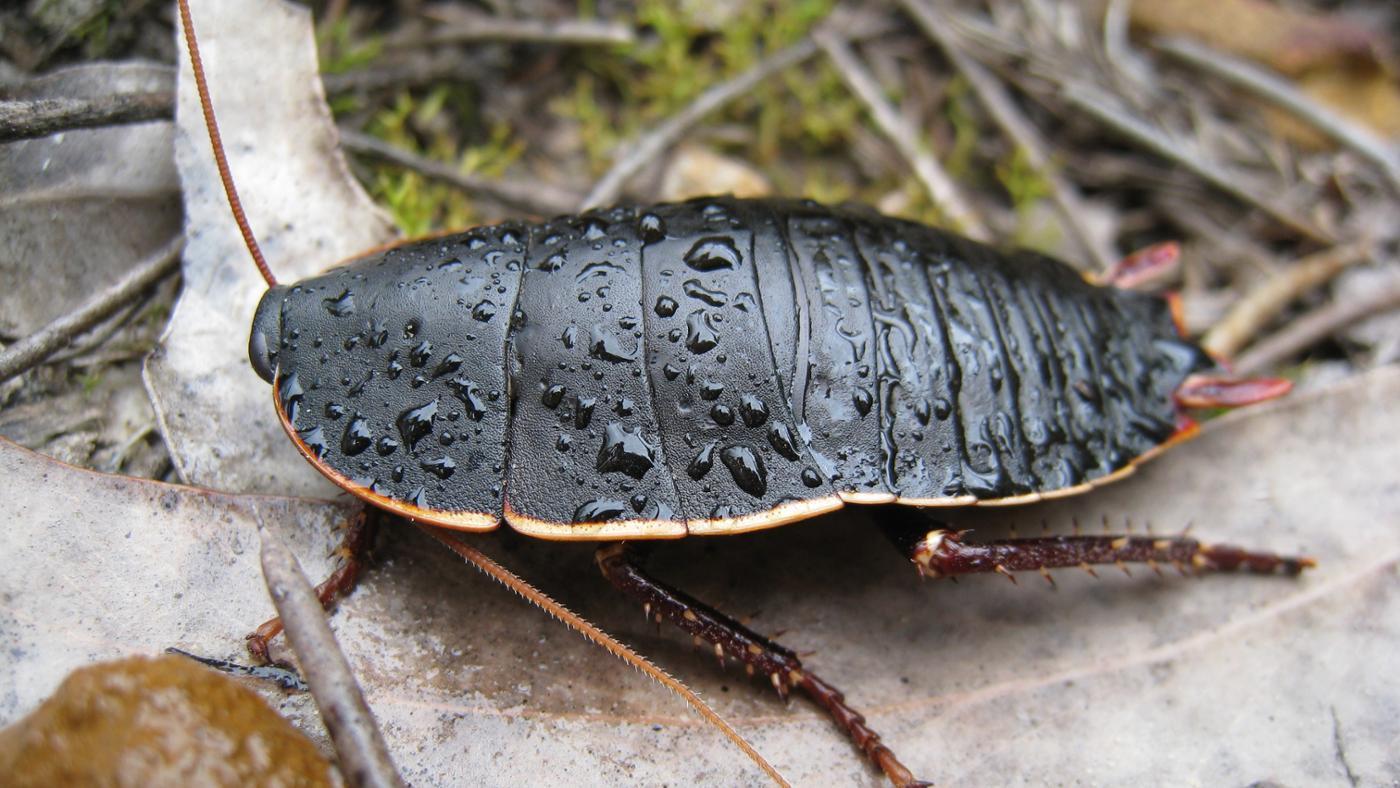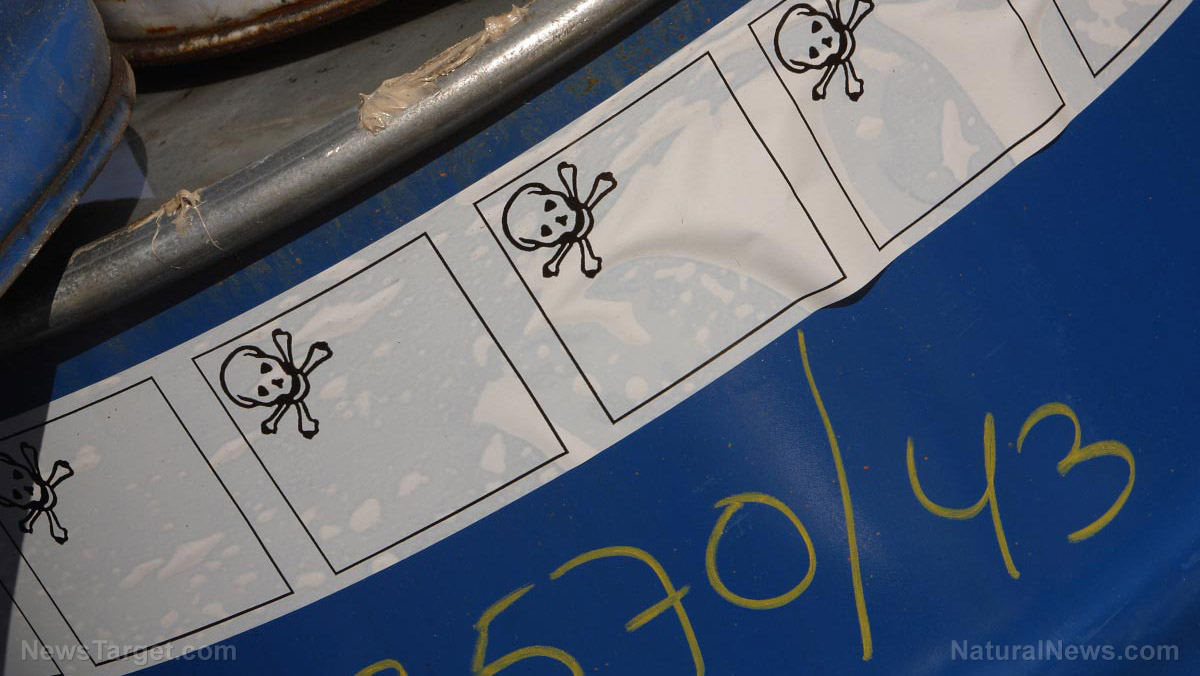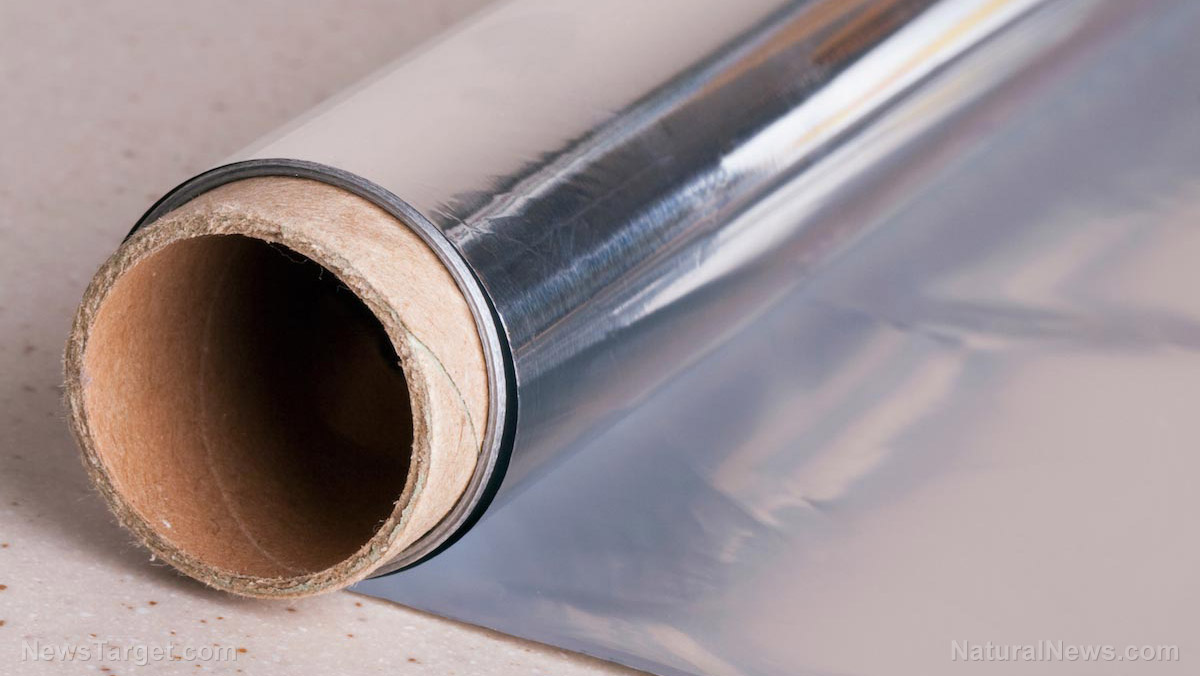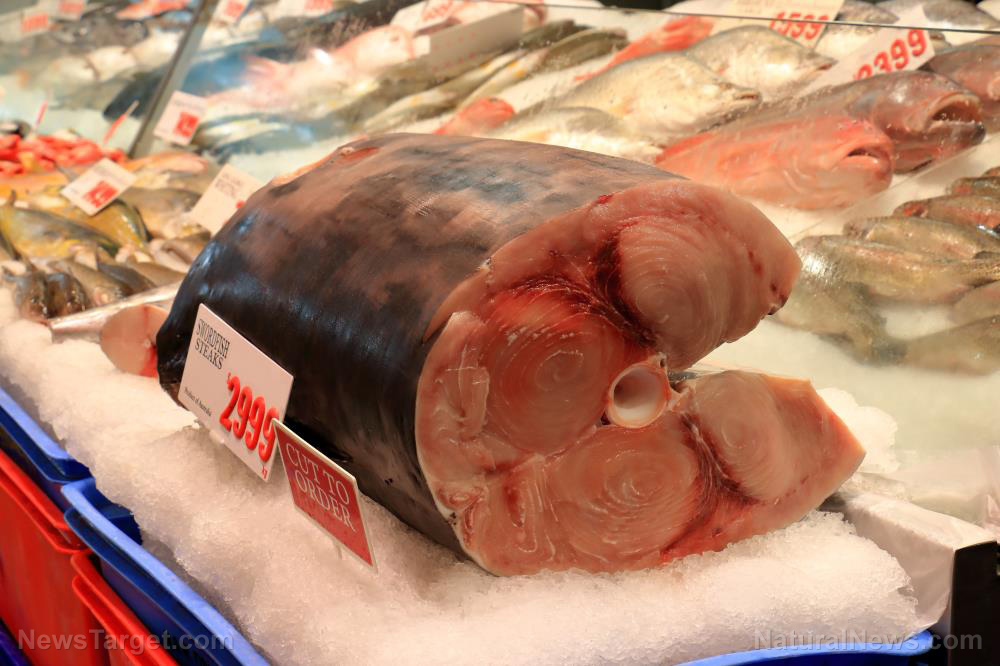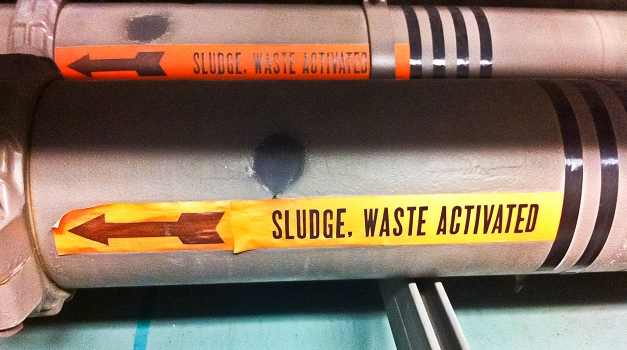Scientists discover toxic metals in reproductive organs of endangered eels
01/24/2020 / By Darnel Fernandez
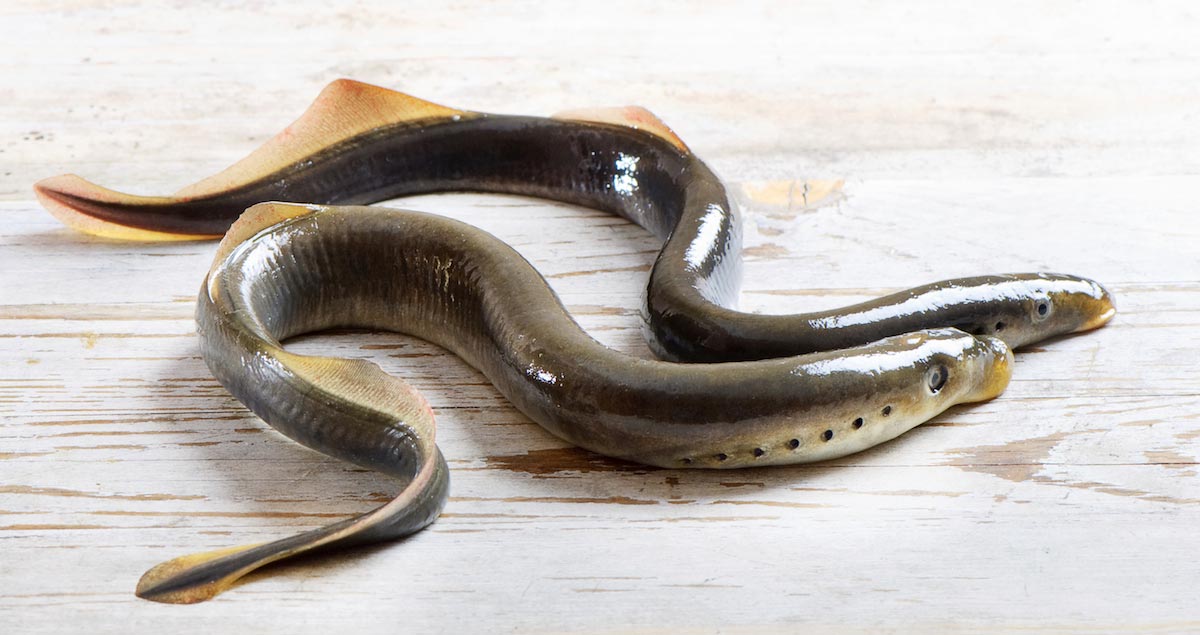
The European eel, scientifically known as Anguilla anguilla, is a catadromous fish — meaning it spawns and is born at sea before moving toward freshwater to eat and grow. Throughout their lifespan, these fish travel thousands of miles searching for food while going through several life stages, each marked by a change of color. Once they are ready to spawn, the eels make the journey back to where their lives began in order to make way for the next generation.
These eels used to be widely distributed within European waters. However, they have been exploited to the point that the International Union for Conservation of Nature (IUCN) deemed them a critically endangered species. Experts have noted that the number of eels returning to Europe from their spawning grounds in the Sargasso Sea has declined by over 90 percent since the 1980s. Now, recent research has discovered another threat to the survival of this particular species.
A study published in the Proceedings of the National Academy of Sciences (PNAS) found that toxic metals like mercury and copper — by-products of industrial activity — could be detected in the ovaries of European eels of spawning age, which could negatively affect their ability to reproduce successfully. As the eels go along their journey back to the spawning grounds, they devour their own skeletons to divert their energy to their reproductive organs. However, this process also means that it is also concentrating the toxic metals they absorbed from the lakes and rivers where they live.
“Few people realize just how precarious the European eel population is,” said senior author Markus Brinkmann, an eco-toxicologist from the University of Saskatchewan. “There has been a dramatic reduction in the numbers of young eels returning to Europe’s rivers, lakes and coastal areas in the past 40 years, to the point that they are now critically endangered.”
Toxicity is in their bones
As previously stated, eels invest a vast majority of their energy in the growth of their ovaries. As the eels swim thousands of kilometers, they undergo a “programmed death” where they stop feeding and begin to absorb their stomachs and intestines. In addition, they also break down their skeletons and fat-rich muscles as a source of nutrients. Unfortunately, the researchers discovered that toxic metals stored in the bones and muscles of these fish are also transferred to their ovaries during this morbid metamorphosis.
In this study, an international team of researchers managed to provide analytical evidence for the transfer of toxic metals from the eels’ soft and hard tissues to the ovaries. The team analyzed the physiology of eels ready to lay eggs through computed tomography (CT) scans. Through charting the breakdown of the eels’s skeletons, guts, and tissue, they were able to detect high concentrations of toxic metals like cadmium, mercury and manganese in the ovaries of mature female eels. Brinkmann claims that these metals could damage eggs produced by the ovaries and influence the health of the resulting eel larvae. (Related: Toxic heavy metal lead found at 700 times national limit in China’s water supply.)
“While it is not possible to say to what extent metals alone contribute to the dramatic declines in eel populations over the past decades, our findings indicate that metal contamination could be an important factor,” added lead author Marko Freese of the Thünen Institute for Fisheries Ecology.
Learn more about these toxic byproducts and find ways to help keep them away from endangered species at Toxins.news.
Sources include:
Tagged Under: animal kingdom, animals, aquatic life, catadromous fish, Ecology, Endangered species, environment, European eel, industrial by-products, research, Toxic Metals, wildlife
RECENT NEWS & ARTICLES
COPYRIGHT © 2017 TOXINS NEWS



